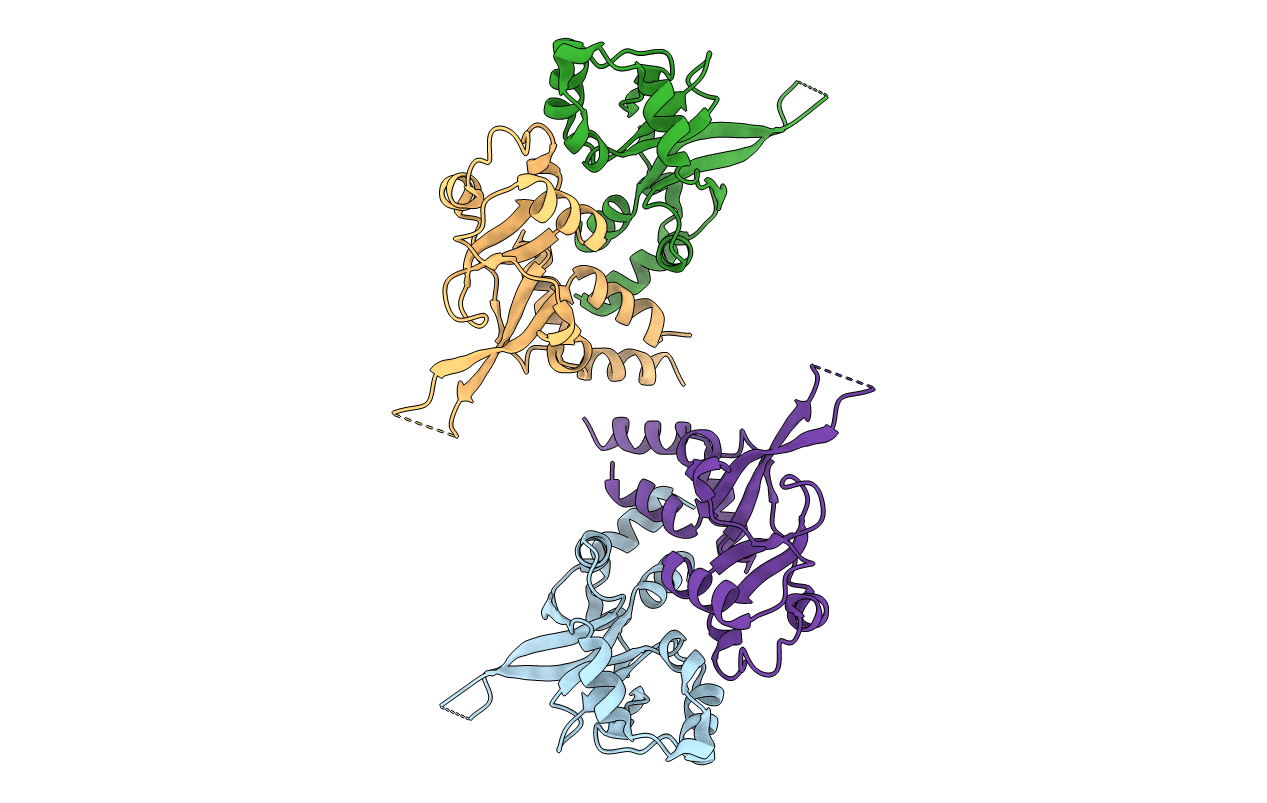
Deposition Date
2019-05-21
Release Date
2020-07-15
Last Version Date
2024-01-24
Method Details:
Experimental Method:
Resolution:
3.69 Å
R-Value Free:
0.27
R-Value Work:
0.22
R-Value Observed:
0.23
Space Group:
C 1 2 1


